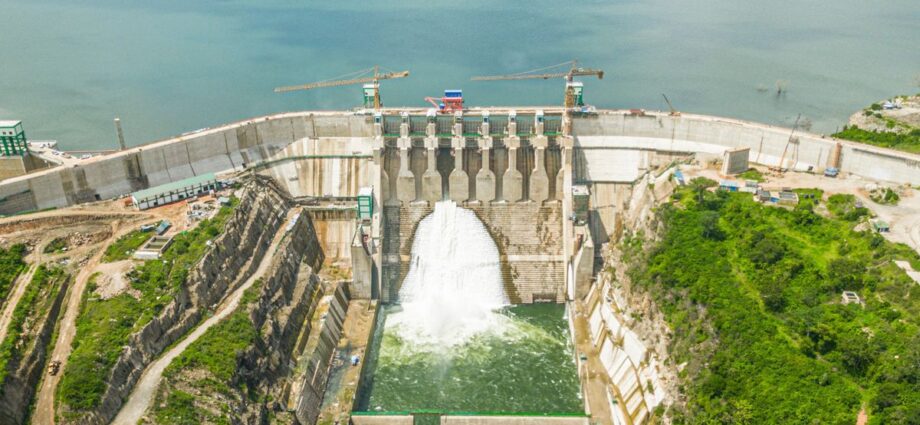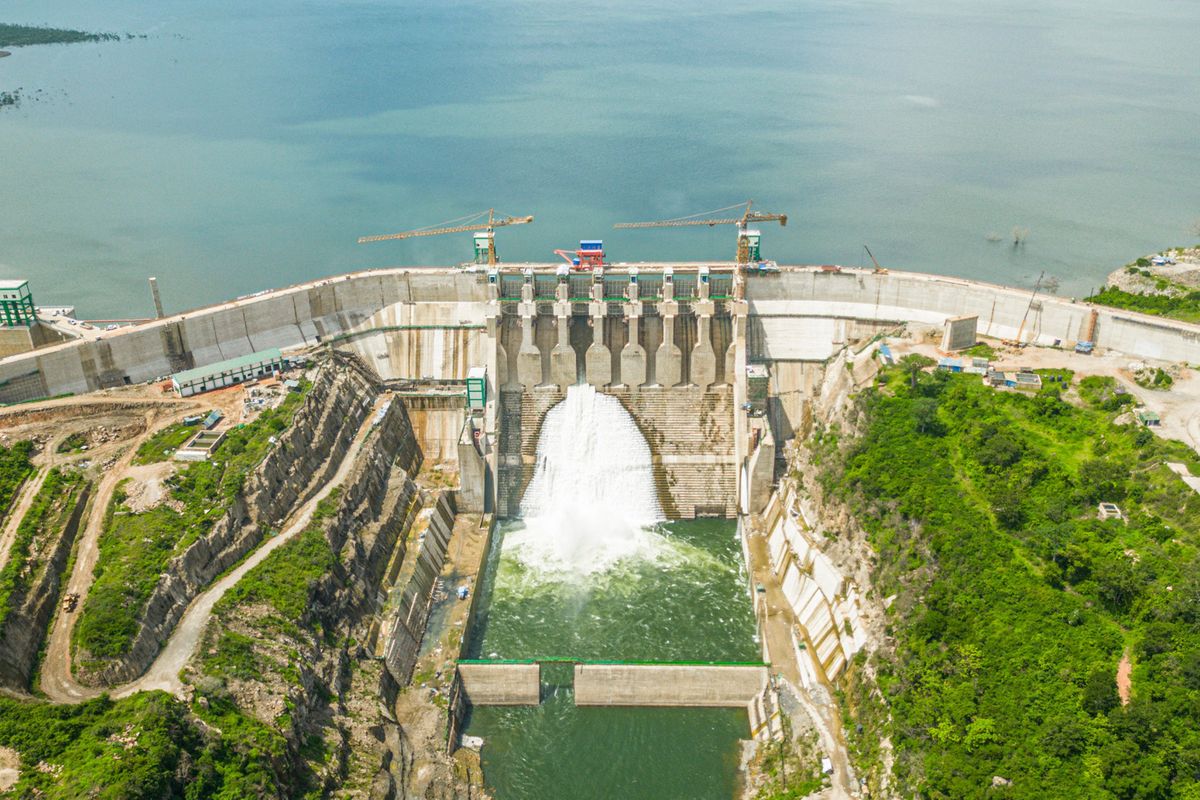Tanzania in 2006: a land plunged into darkness. Generators roar from every corner, spewing black smoke as businesses struggle through endless power cuts. This energy crisis, fuelled by a brutal drought, exposed a harsh reality that Tanzania’s leaders had failed to prepare for. But amidst the blackouts, a daring solution emerged.
Enter China with a technological behemoth: the Three Gorges Dam in China’s Hubei province. This engineering marvel dwarfs anything Tanzania has seen – a 2.3-kilometre giant with a 660km long reservoir, all for a cool $22.5 billion. Being the largest dam in the world by installed capacity, and ten times bigger than the Nyerere Dam, the Three Gorges Dam isn’t just about showing off. It controls floods, generates massive amounts of power, and even has fancy ship elevators! While Tanzania battled blackouts, the main structure of China’s future-proofed solution was being completed. A huge window of opportunity opened to Tanzania.
And here’s where things get interesting.
A savvy Tanzanian entrepreneur saw the timing of the completion of the Three Gorges Dam structures as a godsend and hatched a plan. He approached the Chinese contractors with a proposition: build, own, and operate (BOO) a dam at Stiegler’s Gorge in Tanzania. The Chinese, needing to put their dam-building crews and assets to work after finishing the Three Gorges Dam, pounced on the idea. Tanzania was to get a brand new mega dam without spending a dime.
But our entrepreneur wasn’t just thinking about power. He envisioned a solution for the future: controlling floods downstream with a clever irrigation system. His plan? Channel water from the dam into reservoirs, creating a network that would irrigate a whopping 400,000 hectares of farmland. This wouldn’t just prevent floods, it would transform the Rufiji region into an agricultural powerhouse!
The scheme was a game-changer. Tanzania has a total of 29.4 million hectares suitable for irrigation, but only irrigates less than 1 million hectares currently. In the 2000s, the entrepreneur’s plan would have nearly tripled the total area under irrigation in Tanzania, potentially doubling or even tripling agricultural output in the region. The possibilities were endless. Unfortunately, this is one of the things that were never to be.
Many things went wrong.
Big mistake number one: Tanzania went it alone. The entrepreneur’s plan relied on a BOO model, where the private sector shoulders the risk and has a vested interest in success. This reduces corruption! But Tanzania opted to self-fund, sinking trillions into the project instead of letting the private sector take the lead. We have not heard the last thing about the cost overruns of the JNHPP project yet.
Big mistake number two: Ignoring the flood risks. Building a dam this size requires careful planning to avoid disaster downstream. Environmental assessments and flood control measures should have been top priorities, yet they were sidelined. No wonder flooding is ravaging Rufiji and Kibiti! This isn’t exactly a new surprise – the government has known about the need for flood control for years, even planning for additional dams for the very purpose. The construction of the JNHPP should have gone hand in hand with the work downstream, not leaving them as an afterthought.
Big mistake number three: Missing the golden opportunity. The entrepreneur’s irrigation scheme wasn’t just about flood control. It was a recipe for agricultural abundance. Irrigation can double or triple crop yields, and this 400,000-hectare plan could have transformed one of Tanzania’s poorest regions. Imagine it – enough productivity to pay for the entire dam possibly in ten years! But this potential bonanza was relegated to the back burner, a missed chance that stings even more considering the current struggles.
The Tanzanian entrepreneur’s proposal was optimistically presented to a government minister (name withheld) for the Cabinet’s consideration. However, when this same minister later held a meeting with Tanzanian businessmen to discuss power solutions, our entrepreneur saw his chance and publicly challenged the minister about his proposal. Awkward silence ensued. The meeting ended abruptly.
What happened afterwards is a matter of public record: Tanzania went ahead with dubious power generation projects such as Richmond and Symbion, which ended up costing the nation dearly. It took















